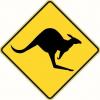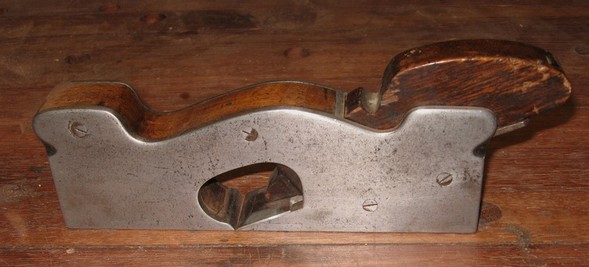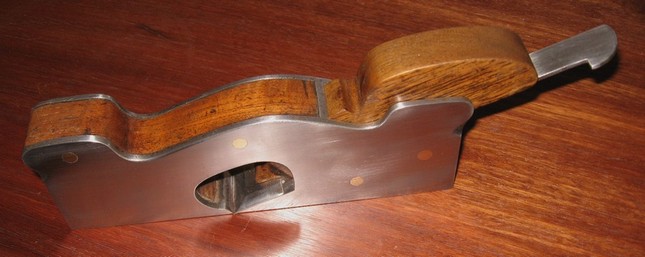I recently acquired an infill shoulder plane body for about $27 that had been damaged in a fire.
IMG_1813.jpg
I plan to restore the plane and make a new blade for it out of O1 tool steel. So I've been doing some research and looking at pictures of other infill shoulder planes and I've got some questions, I hope can be answered.
This is the back of the plane:
IMG_1814.jpg
In pictures of other infill shoulder planes I've seen, there's a screw of some type that goes into this hole. What is this screw used for?
At the front of the plane there is this cross bar:
IMG_1815.jpg
I know I'll need to cut that out and clean out the holes in the sides and then fit my new wood infill. When I replace the rod, I'm thinking I may use brass as it should be easier to work. So, what's the trick to getting a rod in there flush with the sides and so it won't just slide out again?





 Reply With Quote
Reply With Quote







 )
)
